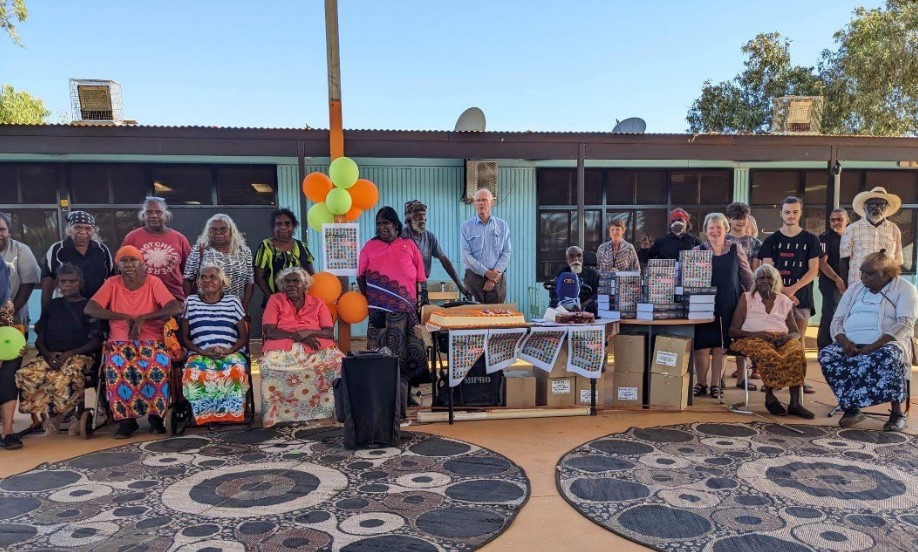
In the heartland of Central Australia, the Warlpiri people have embarked on a remarkable linguistic journey—one that spans generations and preserves the essence of their rich culture.
The Warlpiri Encyclopaedic Dictionary (WED), an awe-inspiring testament to resilience and cultural heritage, stands as a monument to the enduring spirit of the Warlpiri people.
"Warlpiri is one of the few Australian languages still being learned by children and which is the primary language of communication for over 2000 people spread over a number of communities in Central Australia," said Dr. Mary Laughren, the project's lead linguist and Honorary Senior Research Fellow at UQ’s School of Languages and Cultures.
"The WED records the language of Warlpiri people who were brought up leading a traditional life in their vast country as well as the language spoken by their descendants."
The arrival of Europeans into Warlpiri country, setting up small mining operations and cattle stations on the fringes, led to the eventual relocation of Warlpiri people into mining camps, cattle stations, and government settlements. Throughout this challenging period, the dictionary became not only a record of language but also a repository of knowledge about traditional Warlpiri life, the land, and the social and family structures.
This dictionary was 60 years in the making, with Dr. Laughren's involvement starting in 1975. The compilation process involved collaborating with Warlpiri speakers, studying existing documentation by linguist Ken Hale, and working with young Warlpiri people employed to write books and teaching materials in Warlpiri for use in schools. Over the years, Dr. Laughren continued to document the language by working closely with speakers from different dialect areas.
"By working beside Warlpiri people and living among them over many years, I was able to continue to document the language, drawing on many sources," said Dr Laughren.
The challenges were significant, particularly in managing the vast amount of data. However, the work of more than 200 Warlpiri speakers, linguists, educators, scientists, and computer scientists contributed to the project's success. Nay San, a member of the ARC Centre of Excellence for the Dynamics of Language, played a crucial role in converting the dictionary data into a suitable format and ensuring its accuracy and validity.
The response to the WED has been overwhelmingly positive. The dictionary's launch in Yuendumu was accompanied by a traditional dance performance, symbolizing its significance to the Warlpiri people. The dictionary has gained praise from linguists, scholars, and readers worldwide. Its comprehensive nature, meticulous attention to detail, and rich cultural insights have been commended by experts.
"The amount of work the volume represents is just... amazing," said Professor Richard Larson from Stony Brook University. "Your group deserves the most profound congratulations for producing this. I really love it."
The dictionary's impact extends beyond the Warlpiri community. It serves as a valuable resource for bilingual education programs, empowering Warlpiri children with a sense of identity and belonging while facilitating the transition to English literacy. Additionally, it offers non-Warlpiri people a glimpse into the profound wisdom, thought, and values encapsulated within the language.
Looking ahead, while there are no immediate plans for a second edition, the availability of the dictionary in electronic formats ensures its accessibility to a wider audience. The legacy of the Warlpiri Encyclopaedic Dictionary continues to inspire future generations.



